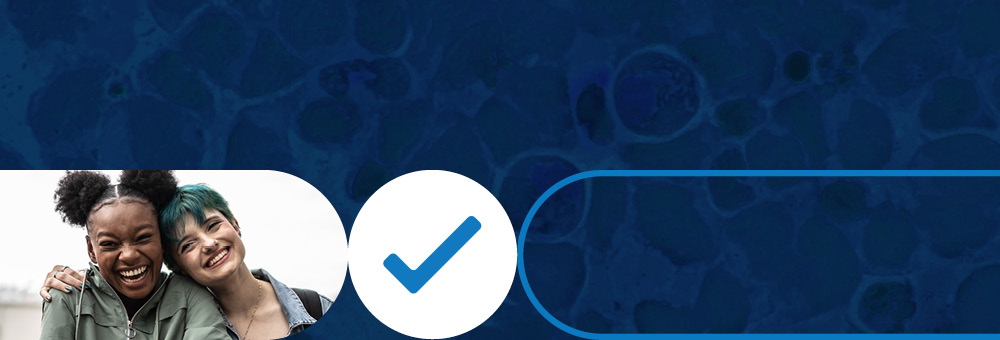PTCy levels the field for matched and mismatched allogeneic blood and marrow transplant
A revolution is underway in the strategies used to prevent a serious complication after blood or marrow transplant (BMT) called graft-versus-host disease (GVHD). BMT is a lifeline for many adults and children with blood cancers. However, in some patients, the donor’s cells (graft) attack the patient’s healthy cells (host) causing GVHD. GVHD can last for years and is life-threatening for some patients.
A drug called post-transplant cyclophosphamide (PTCy) has become a cornerstone in preventing GVHD. Now groundbreaking research is shedding light on the effectiveness of PTCy in equalizing outcomes for patients who receive blood stems cells from full human leukocyte antigen (HLA)-matched (8/8) versus HLA-mismatched (7/8) unrelated donors.
Investigators from the CIBMTR® (Center for International Blood and Marrow Transplant Research®) presented the research at the 65th ASH Annual Meeting and Exposition in December 2023.
Bridging a known access gap with mismatched donors
Historically, having an 8/8 HLA-matched donor was crucial for BMT success. However, this new study suggests that with PTCy, the difference in outcomes between 8/8 matched and 7/8 mismatched unrelated donor (URD) BMT is no longer a concern. This opens doors for patients from diverse ancestries who previously faced difficulties in finding fully matched donors when they did not have a matched sibling donor.
The study used data from the CIBMTR database to analyze outcomes for adult patients with blood cancers undergoing their first 8/8 matched URD, 7/8 mismatched URD or haploidentical (4/8) related donor (haplo) BMT between 2017 and 2020. Researchers compared GVHD-free, relapse-free survival (GRFS) and overall survival (OS) across the different donor types to assess the impact of HLA matching on outcomes.
Surprising results
Contrary to initial expectations, the study found no significant difference in GRFS or OS between patients undergoing BMT with 8/8 and 7/8 URDs. Even when considering factors like conditioning intensity, the outcomes remained similar. However, the 8/8 URD BMT group showed a lower rate of moderate/severe chronic GVHD compared to the 7/8 URD group.
Comparing 8/8 URD to haplo, the 8/8 URD group had significantly better GRFS and OS. This was primarily due to higher non-relapse mortality and chronic GHVD in the haplo group.
Study impact
PTCy-based GVHD prophylaxis has leveled the playing field, resolving previously seen differences in GRFS and OS between 8/8 and 7/8 URD BMT.
An 8/8 URD remains the optimal choice for those without a matched sibling donor. However, the study highlights the potential for 7/8 URD and haplo donors to significantly expand BMT access for patients of various ancestries. Future studies are needed to delve further into the comparison of haplo to 7/8 URD BMT, with the hope of continuing to improve BMT accessibility and outcomes.
The results of this study not only challenge prior conventions but also provide a hopeful outlook for patients who need BMT. Ancestry need not be a barrier to receiving life-saving treatment.
Citation
Auletta JJ, Al Malki MM, DeFor T, et al. Post-transplant cyclophosphamide eliminates disparity in GvHD-free, relapse-free survival and overall survival between 8/8 matched and 7/8 mismatched unrelated donor hematopoietic cell transplantation in adults with hematologic malignancies. Blood. 2023;143(Supplement 1):780. doi: 10.1182/blood-2023-172722.

